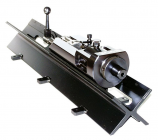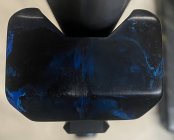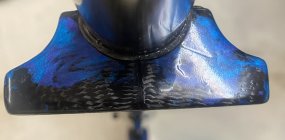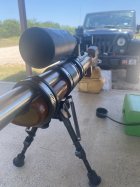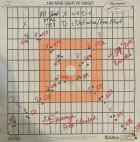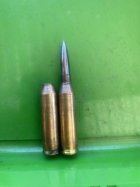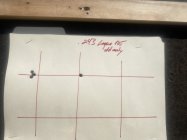Ned Ludd
Silver $$ Contributor
I used to see rimfire shooters over at the CZ forum at Rimfire Central talk about gluing/setting their barrels rigidly into the barrel channel fairly often. They claimed it worked very well. Your results seem to suggest that dampening barrel harmonics within the first 12 inches or so of the barrel in front of the action doesn't ruin the precision either. In fairness, some of the CZ rimfire rifles in which these guys were bedding the barrels have stocks that extend almost out to the muzzle, so they were effectively bedding almost the entire barrel. Along this line, I have often wondered if one drilled a hole in a foot square solid block of barrel steel, cut rifling into it, then installed an action sticking out the back, how it would shoot. That would effectively remove much of what we perceive as barrel harmonics.Their tape is the main part of what’s inside the channel. No joke).
BTW - since you seem to have also been thinking about Gorilla Glue products, even if not in quite the same manner, I'll be willing to settle for 2.5% of the net.










